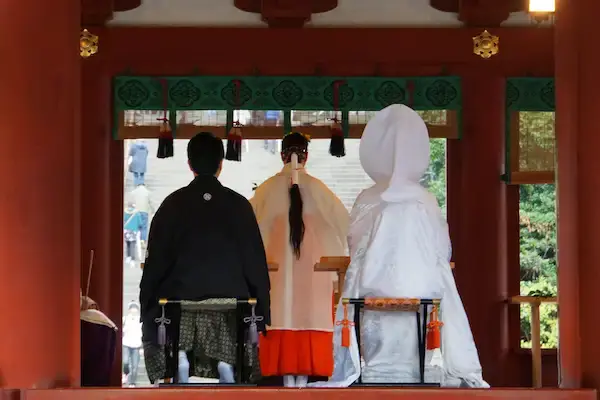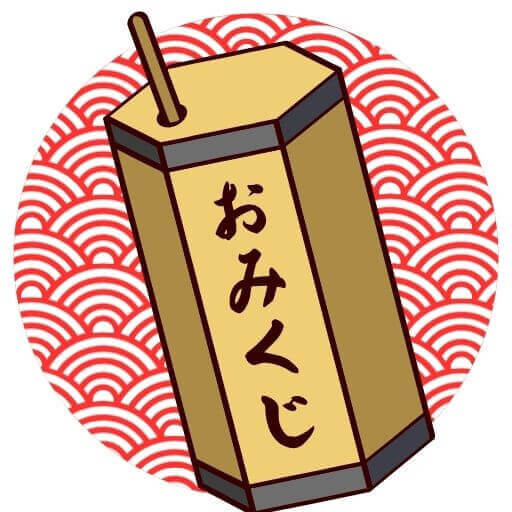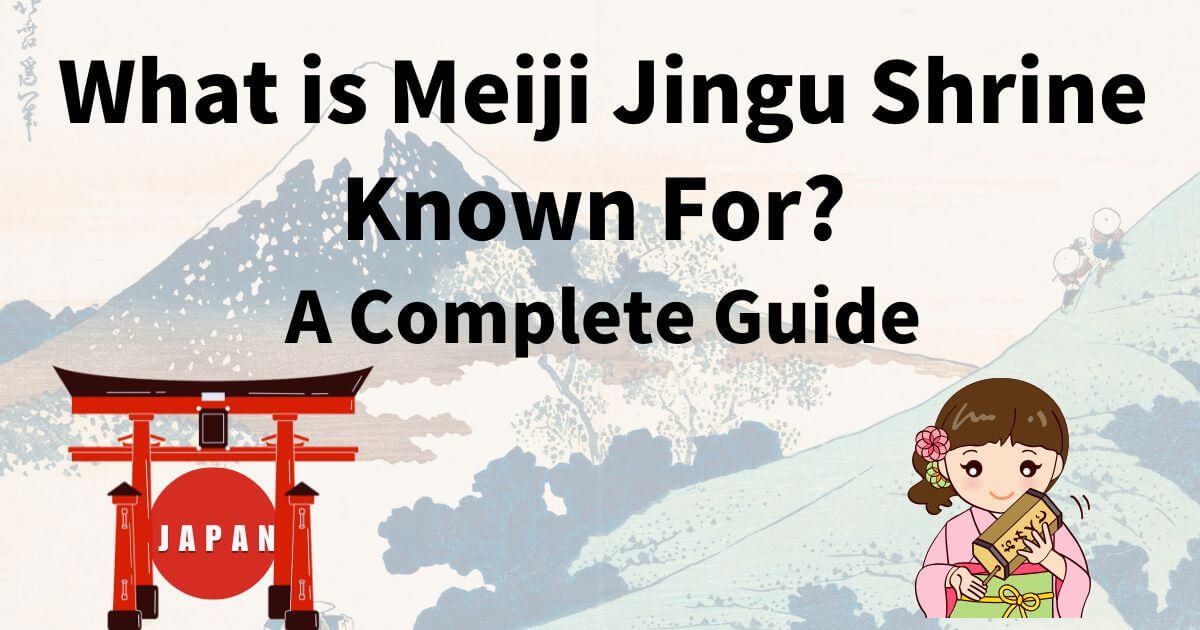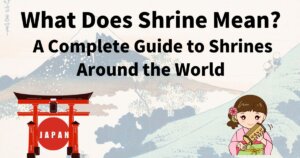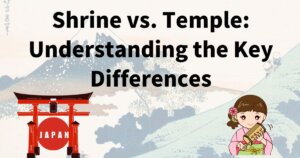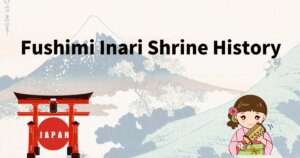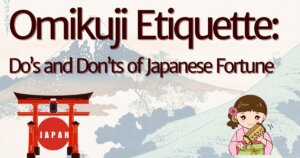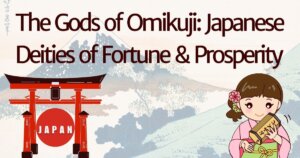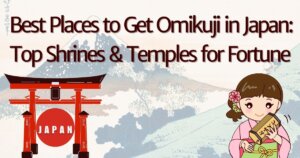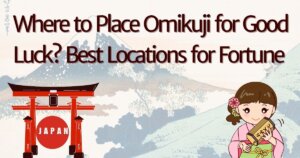The History and Significance of Meiji Jingu Shrine
(明治神宮の歴史とその重要性)
The Founding of Meiji Jingu Shrine
(明治神宮の創建) Meiji Jingu Shrine was established in 1920 to honor Emperor Meiji and Empress Shoken. It was built after their passing to commemorate their contributions to the modernization of Japan and remains one of the most important Shinto shrines in Tokyo. (明治神宮は1920年に創建され、明治天皇と昭憲皇太后を祀っています。彼らの日本の近代化への貢献を記念するために建設され、現在でも東京で最も重要な神社の一つとされています。)
The Sacred Forest of Meiji Jingu
(明治神宮の神聖な森) One of the shrine’s most distinctive features is its lush, man-made forest. Over 100,000 trees were donated from across Japan to create this tranquil oasis in the heart of Tokyo. (明治神宮の特徴の一つが、人工的に作られた神聖な森です。全国から10万本以上の木々が寄贈され、東京の中心に静寂なオアシスが形成されました。)
The Grand Torii Gate: A Symbol of Transition
(大鳥居:神聖な領域への入り口) The massive wooden torii gate at the entrance of Meiji Jingu is one of the largest in Japan. It symbolizes the transition from the secular world into the sacred space of the shrine. (明治神宮の入口にある巨大な木製の鳥居は、日本最大級のものです。これは俗世から神聖な領域への移行を象徴しています。)
The Role of Meiji Jingu in Japanese Culture
(日本文化における明治神宮の役割) Meiji Jingu serves as a center for traditional Shinto rituals, including weddings, festivals, and the annual New Year’s visit (Hatsumode), which attracts millions of visitors. (明治神宮は、伝統的な神道儀式の中心であり、結婚式や祭り、そして毎年数百万人が訪れる初詣の場として知られています。)
Famous Offerings and Rituals at Meiji Jingu
(明治神宮の有名な奉納品と儀式) Visitors can see barrels of sake and wine donated to the shrine, symbolizing cultural exchange and blessings. The shrine also offers purification rituals and prayer services. (明治神宮には、日本酒やワインの樽が奉納されており、文化交流や祝福の象徴とされています。また、神社ではお祓いや祈願の儀式も行われます。)
What Makes Meiji Jingu Shrine a Must-Visit Spot?
(明治神宮が訪れるべき場所である理由)
How to Properly Visit Meiji Jingu Shrine
(明治神宮の正しい参拝方法)
- Bow before entering through the torii gate. (鳥居をくぐる前に一礼する)
- Walk along the approach path while staying to the side. (参道の中央を避けて歩く)
- Perform purification at the Temizuya (water pavilion). (手水舎で手と口を清める)
- Offer a coin, bow twice, clap twice, and bow once more. (賽銭を入れ、二礼二拍手一礼を行う)
Best Times to Visit Meiji Jingu Shrine
(明治神宮を訪れるのに最適な時期)
- New Year’s Day (Hatsumode): One of Japan’s busiest shrine visits. (元旦の初詣:日本最大級の参拝者数)
- Spring: Cherry blossoms bloom in the surrounding gardens. (春:周囲の庭園で桜が咲く)
- Autumn: Beautiful foliage adds to the shrine’s scenic beauty. (秋:紅葉が神社の景観を彩る)
- Early morning: Experience the peaceful atmosphere before the crowds arrive. (早朝:混雑を避け、静寂な雰囲気を楽しめる)
The Inner Garden and Kiyomasa’s Well
(御苑と清正の井戸) The Meiji Jingu Inner Garden is home to Kiyomasa’s Well, a famous spiritual power spot believed to bring good fortune and positive energy. (明治神宮の御苑には「清正の井戸」があり、幸運と良いエネルギーをもたらすパワースポットとして知られています。)
Cultural Events and Festivals at Meiji Jingu
(明治神宮で開催される文化イベントと祭り) The shrine hosts seasonal festivals and ceremonies, including:
- Spring Grand Festival (Reitaisai): A major annual celebration. (春の例大祭:毎年開催される重要な祭り)
- Autumn Chrysanthemum Festival: Showcasing stunning floral displays. (秋の菊花展:美しい菊の展示会)
- Traditional Shinto weddings: Held regularly at the shrine. (伝統的な神前結婚式が行われる)
Why Meiji Jingu Shrine is Special for Foreign Visitors
(明治神宮が外国人旅行者に特別な理由) Meiji Jingu Shrine offers a glimpse into Japan’s spiritual traditions, set in a serene natural environment. It provides an authentic cultural experience close to central Tokyo. (明治神宮は、日本の精神的な伝統を体験できる場所であり、静寂な自然環境に囲まれています。東京の中心部にありながら、本格的な文化体験ができる点が魅力です。)
【Conclusion】Key Takeaways
(この記事でわかる12のこと)
- Meiji Jingu Shrine was established in 1920 to honor Emperor Meiji and Empress Shoken. (明治神宮は1920年に創建され、明治天皇と昭憲皇太后を祀る)
- The shrine is surrounded by a sacred forest of over 100,000 trees. (10万本以上の木々に囲まれた神聖な森が特徴)
- It features one of Japan’s largest torii gates. (日本最大級の鳥居がある)
- It serves as a major site for Shinto weddings and rituals. (神前結婚式や神道儀式の重要な場)
- The shrine hosts popular annual festivals and ceremonies. (年間を通じて様々な祭りや儀式が行われる)
- The Inner Garden and Kiyomasa’s Well are known as power spots. (御苑と清正の井戸はパワースポットとして有名)
- Millions visit during New Year’s for Hatsumode. (元旦には初詣で数百万人が訪れる)
- The shrine symbolizes Japan’s modernization and cultural heritage. (日本の近代化と文化遺産の象徴)
- Visitors can experience traditional Shinto rituals and etiquette. (伝統的な神道の儀式と作法を体験できる)
- The shrine is easily accessible from central Tokyo. (東京の中心部から簡単にアクセス可能)
- It is a peaceful retreat from the city’s busy atmosphere. (都会の喧騒から離れた静寂な空間)
- No admission fee is required to visit. (参拝は無料)
